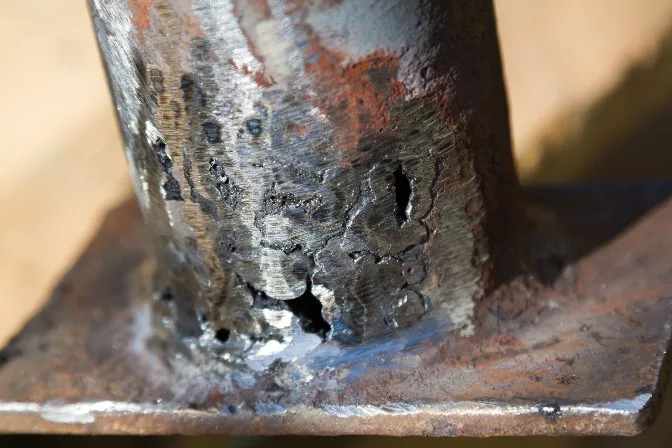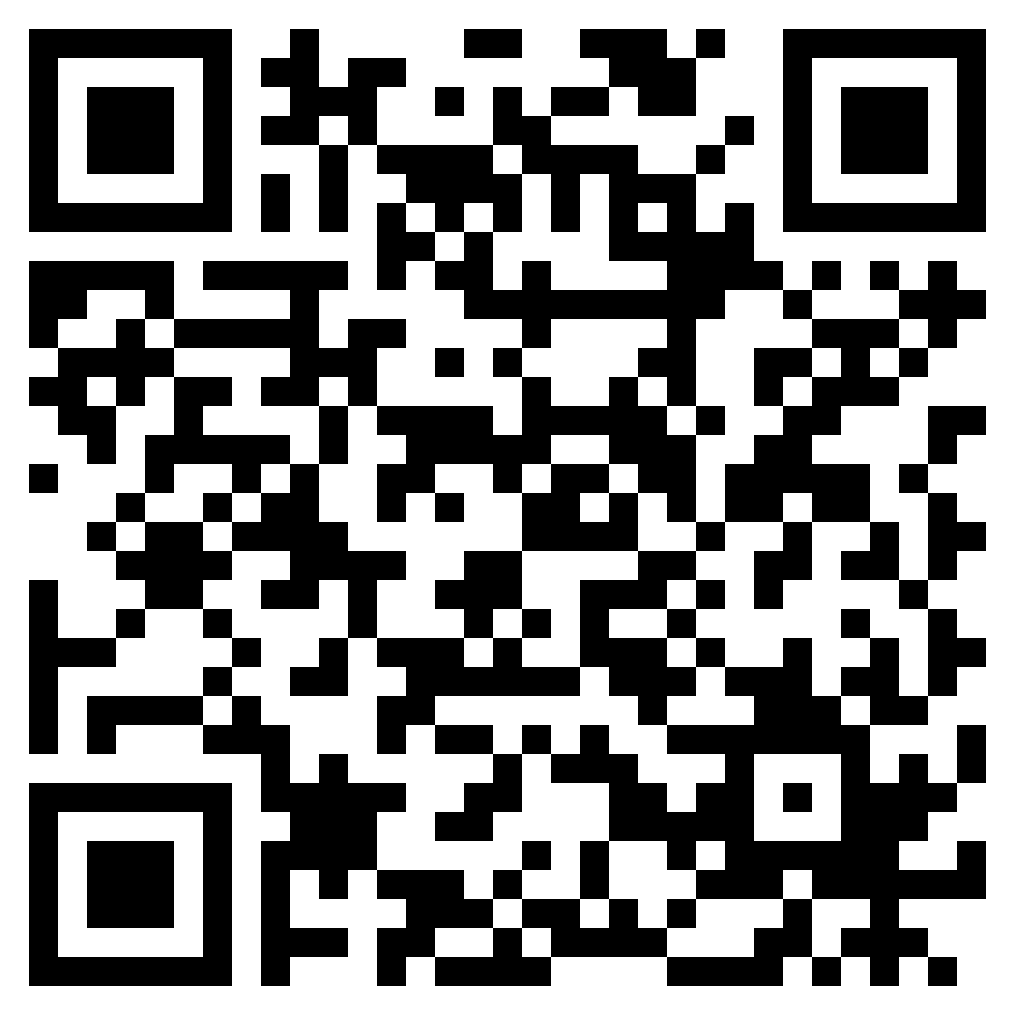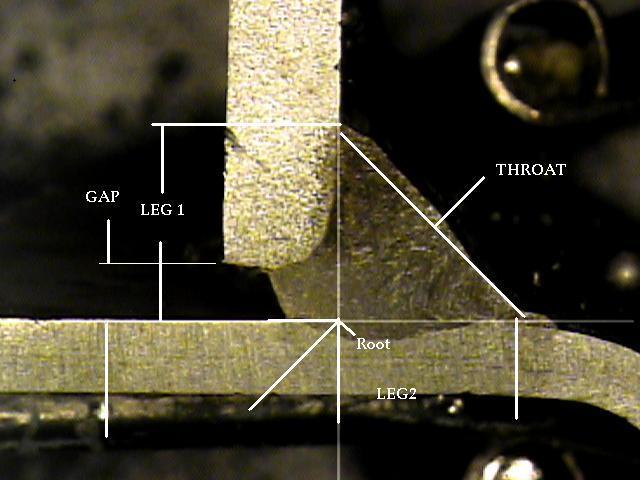How to Prepare for a Welding Inspection Milwaukee Professionals Recommend
Wiki Article
A Comprehensive Overview to Welding Assessment Techniques and Best Practices for High Quality Assurance in Construction Projects
Welding inspection serves as an essential pillar in guaranteeing the architectural stability and security of produced jobs. Establishing effective practices and a robust quality monitoring system can boost conformity and integrity.Relevance of Welding Inspection
Welding inspection is an important part in making certain the honesty and safety and security of welded frameworks. The procedure involves an organized analysis of welds to identify any issues that might jeopardize the stamina and sturdiness of the end product. Efficient assessment is vital not only for conformity with market requirements and guidelines but also for safeguarding the health and safety of employees and the public.
Additionally, welding inspection serves as a useful tool for continuous improvement in fabrication procedures. Eventually, prioritizing welding assessment promotes a culture of quality guarantee, making sure that jobs fulfill both customer expectations and regulatory demands.
Common Welding Evaluation Techniques
Numerous techniques are employed to inspect welds, each customized to identify particular types of flaws and ensure top quality. Among one of the most frequently utilized approaches are visual examination, ultrasonic testing, radiographic screening, magnetic bit screening, and dye penetrant screening.
Visual examination is the most straightforward strategy, allowing inspectors to recognize surface irregularities such as cracks, porosity, and damaging. Ultrasonic testing utilizes high-frequency audio waves to find internal problems, offering a thorough assessment of weld honesty. Radiographic testing makes use of X-rays or gamma rays to create images of the weld, exposing inner defects that are not noticeable to the nude eye.
Magnetic particle screening is particularly reliable for ferromagnetic products, identifying surface and near-surface flaws by using electromagnetic fields and making use of great particles that show abnormalities. Color penetrant testing involves applying a colored dye to the weld surface area, which leaks right into cracks and is disclosed under ultraviolet light, making it easy to identify defects.
Each of these techniques plays an important role in preserving welding high quality, and the option of an ideal method depends on the specific demands of the manufacture project, including material kind, weld arrangement, and the preferred level of assessment.
Necessary Assessment Tools

Measuring devices, including calipers, gauges, and leaders, are important for verifying dimensions and resistances. These instruments help guarantee that welds fulfill the required requirements for stamina and resilience. In addition, ultrasonic testing Web Site devices are used to discover internal problems without jeopardizing the integrity of the weld. This non-destructive testing approach is critical for recognizing problems that may not be visible on the surface.
An additional important tool is the firmness tester, which assesses the mechanical buildings of a weld and determines its suitability for certain applications. Welding examination software help in documenting searchings for, helping with information analysis, and making sure conformity with industry requirements. Together, these crucial inspection tools develop a thorough arsenal that supports the welding evaluation process, inevitably adding to the quality control of manufacture tasks.
Best Practices for Quality Control
In the pursuit of quality guarantee, implementing finest methods is crucial for achieving consistent and trustworthy welding results. Developing a comprehensive welding top quality monitoring system (WQMS) is basic. This system needs to include specified procedures, criteria, and paperwork techniques that direct every stage of the welding process.Routine training and certification of welding workers are crucial. Knowledgeable welders with updated understanding of strategies and security actions contribute substantially to top quality. Furthermore, performing pre-welding inspections makes sure that products and equipment satisfy defined criteria, reducing the probability of issues.
Including real-time monitoring during the welding process permits prompt detection of irregularities, allowing rehabilitative activities to be taken promptly. Post-welding evaluations, including aesthetic checks and non-destructive screening (NDT), are crucial in validating weld stability and compliance with market criteria.
In addition, maintaining meticulous records of inspections, weld specifications, and restorative activities cultivates a society of accountability and constant enhancement. Involving stakeholders in routine high quality try this website testimonials can additionally boost the total performance of top quality guarantee actions. By sticking to these best practices, organizations can considerably raise their welding quality control efforts, thus guaranteeing job success and customer contentment.
Enhancing Safety and Conformity
Attaining high criteria in welding quality control naturally straightens with the essential of enhancing safety and security and conformity within the market. Efficient welding inspection techniques are crucial in determining prospective risks and i loved this guaranteeing that all processes comply with regulative standards. These techniques not just offer to preserve structural integrity but additionally shield the wellness and security of workers associated with fabrication tasks.Applying extensive assessment procedures, such as visual examinations, non-destructive screening (NDT), and thorough documents, establishes a society of security and responsibility. Educating welders and assessors in existing security regulations and ideal practices is crucial. This makes certain that all employee are aware of possible dangers and are equipped to alleviate them.
Moreover, conformity with market criteria, such as those established by the American Welding Society (AWS) and the International Organization for Standardization (ISO), is non-negotiable. Routine audits and assessments aid determine gaps in safety and security measures and advertise continuous enhancement - Welding Inspection Milwaukee. Ultimately, a dedication to improving safety and conformity not only fosters a safer working environment yet also leads to remarkable quality results and lowered liability for companies participated in welding construction
Verdict

Welding evaluation offers as a basic pillar in making certain the structural stability and safety of produced tasks.Welding assessment is an essential element in ensuring the honesty and safety of welded frameworks. Inevitably, prioritizing welding assessment cultivates a culture of high quality guarantee, making certain that projects fulfill both customer assumptions and regulatory needs. Together, these vital examination tools develop a comprehensive toolbox that sustains the welding evaluation procedure, ultimately contributing to the top quality guarantee of construction projects.
In verdict, effective welding assessment is important for making certain the structural integrity and security of fabricated projects. Welding Inspection Milwaukee.
Report this wiki page